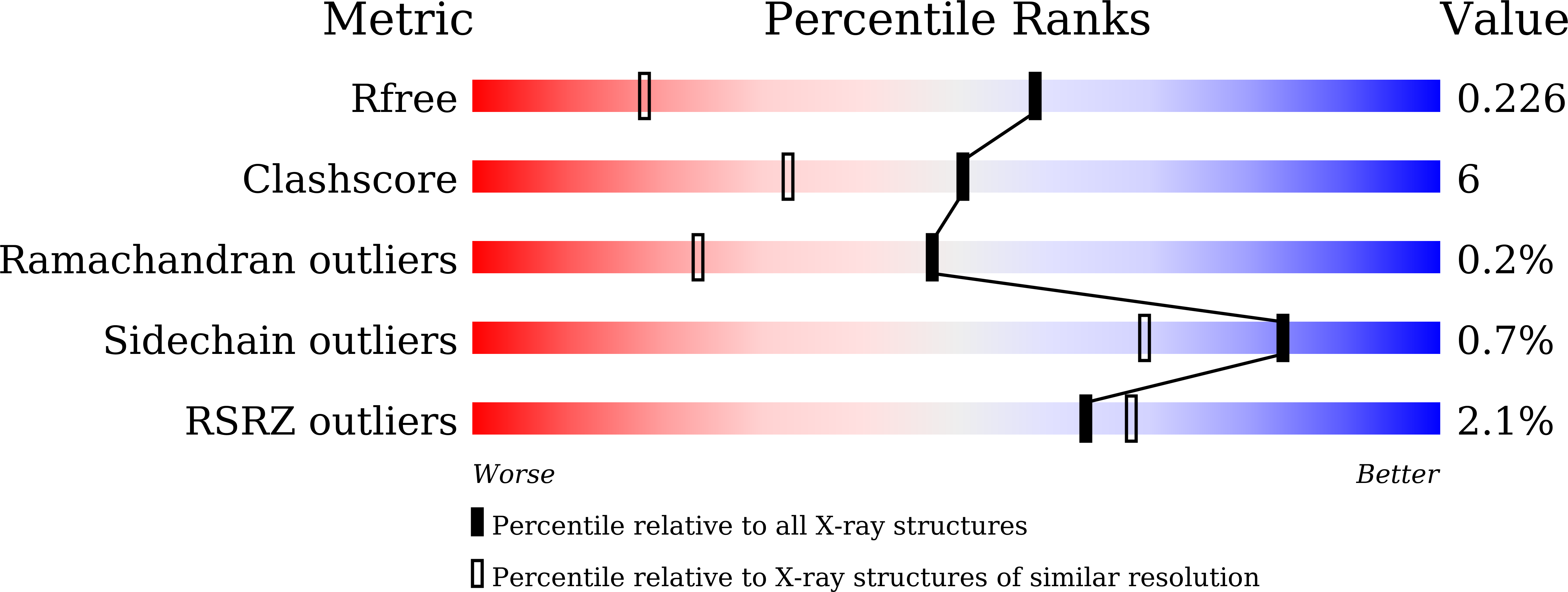
Deposition Date
2022-06-02
Release Date
2022-12-28
Last Version Date
2024-02-14
Method Details:
Experimental Method:
Resolution:
1.50 Å
R-Value Free:
0.22
R-Value Work:
0.19
R-Value Observed:
0.19
Space Group:
P 1 21 1


